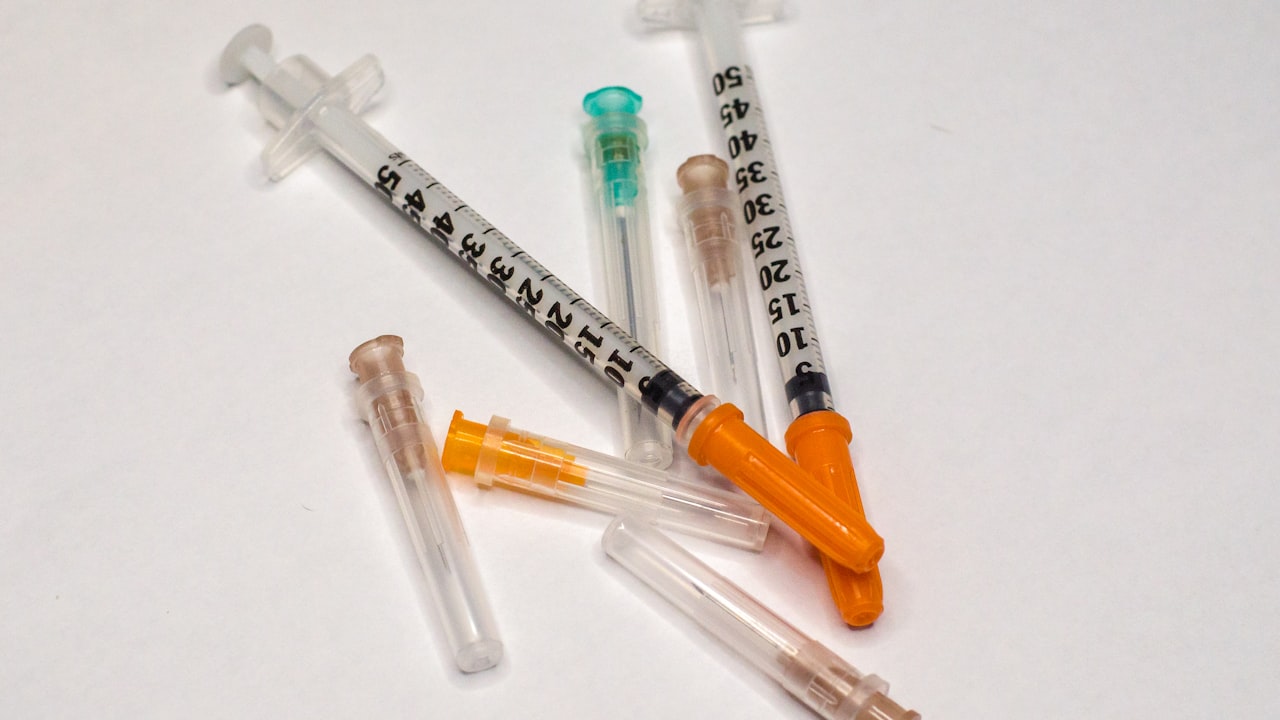 Title: Designing Precision Injection Molds: Key Considerations and Best Practices
Title: Designing Precision Injection Molds: Key Considerations and Best Practices
Precision injection molds play a crucial role in the manufacturing process of plastic products. As an essential tool in the injection molding industry, the design and quality of injection molds significantly impact the final product’s quality, consistency, and production efficiency.
When it comes to designing precision injection molds, several key considerations and best practices can make a difference in the success of the manufacturing process. Understanding these factors can help both injection mold factories and suppliers optimize their operations and deliver high-quality products to their customers.
One of the critical considerations in designing precision injection molds is material selection. The choice of mold material can directly influence the mold’s durability, lifespan, and performance. Factors such as resistance to wear, heat, and corrosion should be taken into account to ensure the mold can withstand the rigors of the injection molding process.
Another important aspect of mold design is the cooling system. Efficient cooling is essential to ensure proper solidification of the molten plastic material, which helps prevent warping, sink marks, and other defects in the final product. By incorporating an optimized cooling system into the mold design, manufacturers can enhance production efficiency and product quality.
Furthermore, proper venting in the mold is crucial to avoid air traps and ensure the complete filling of the cavity with molten plastic material. Insufficient venting can lead to gas pockets, burns, and other defects in the molded parts. By implementing adequate venting solutions in the mold design, manufacturers can achieve consistent part quality and reduce the risk of rework.
Additionally, considering factors such as draft angles, wall thickness uniformity, gate design, and mold maintenance can further enhance the performance and longevity of precision injection molds. Collaborating closely with experienced injection mold designers and leveraging advanced technologies can help injection mold factories and suppliers stay competitive in the market and meet the evolving demands of their customers.
In conclusion, designing precision injection molds requires careful attention to detail and adherence to best practices throughout the process. By focusing on material selection, cooling system optimization, venting, and other key considerations, injection mold factories and suppliers can elevate their capabilities and deliver exceptional products to their clients.

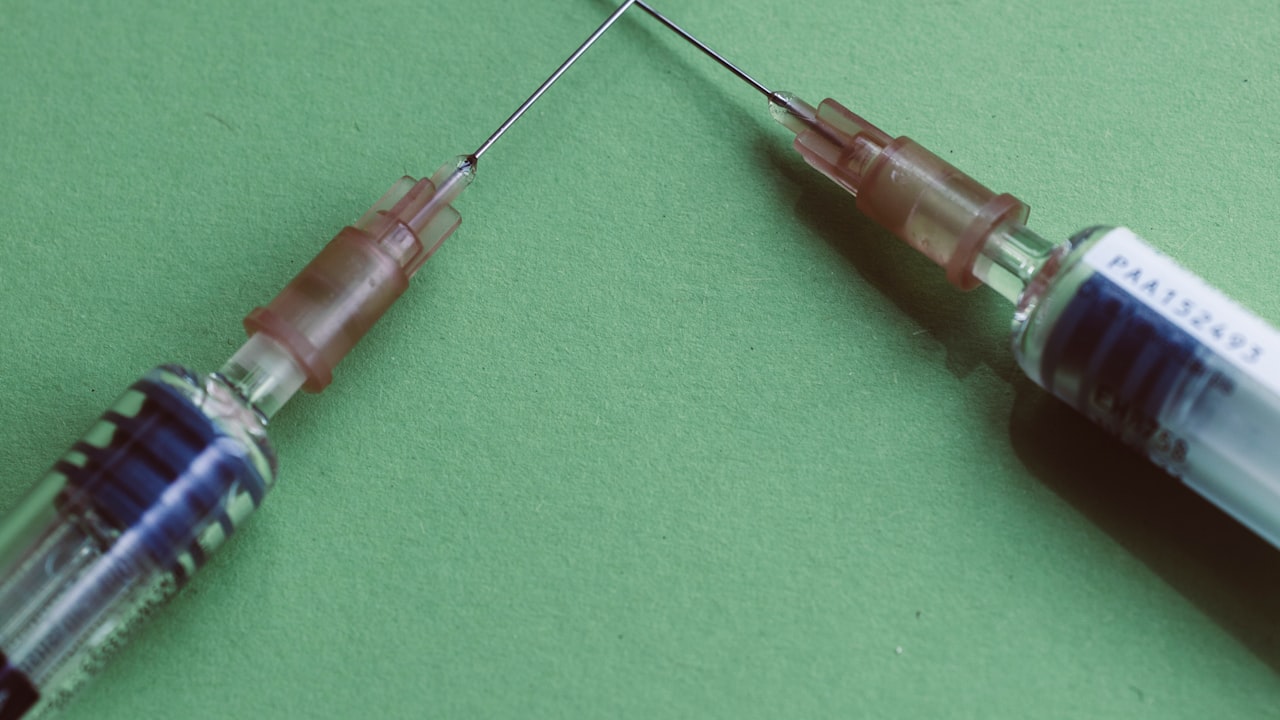 Title: Designing Efficient Injection Molds: Key Considerations and Best Practices
Title: Designing Efficient Injection Molds: Key Considerations and Best Practices Title: Designing Precision Injection Molds: Key Factors and Best Practices
Title: Designing Precision Injection Molds: Key Factors and Best Practices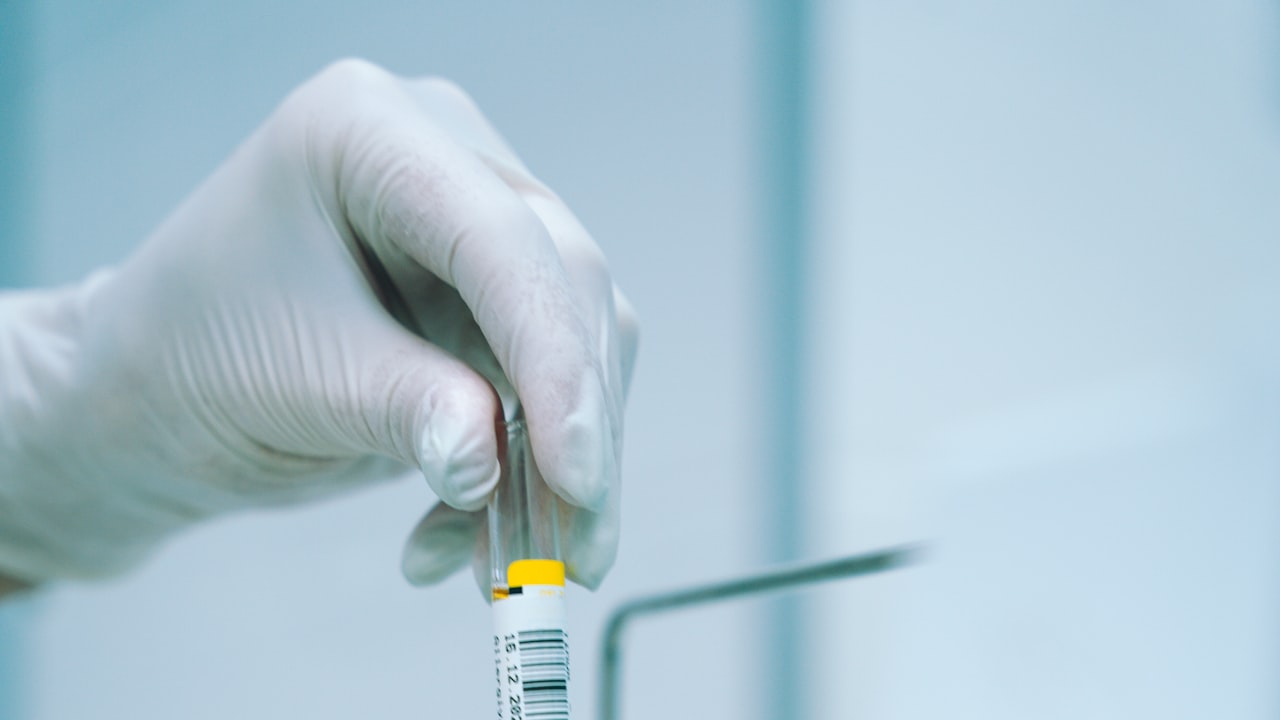 Title: Design and Manufacturing Process of Injection Molds
Title: Design and Manufacturing Process of Injection Molds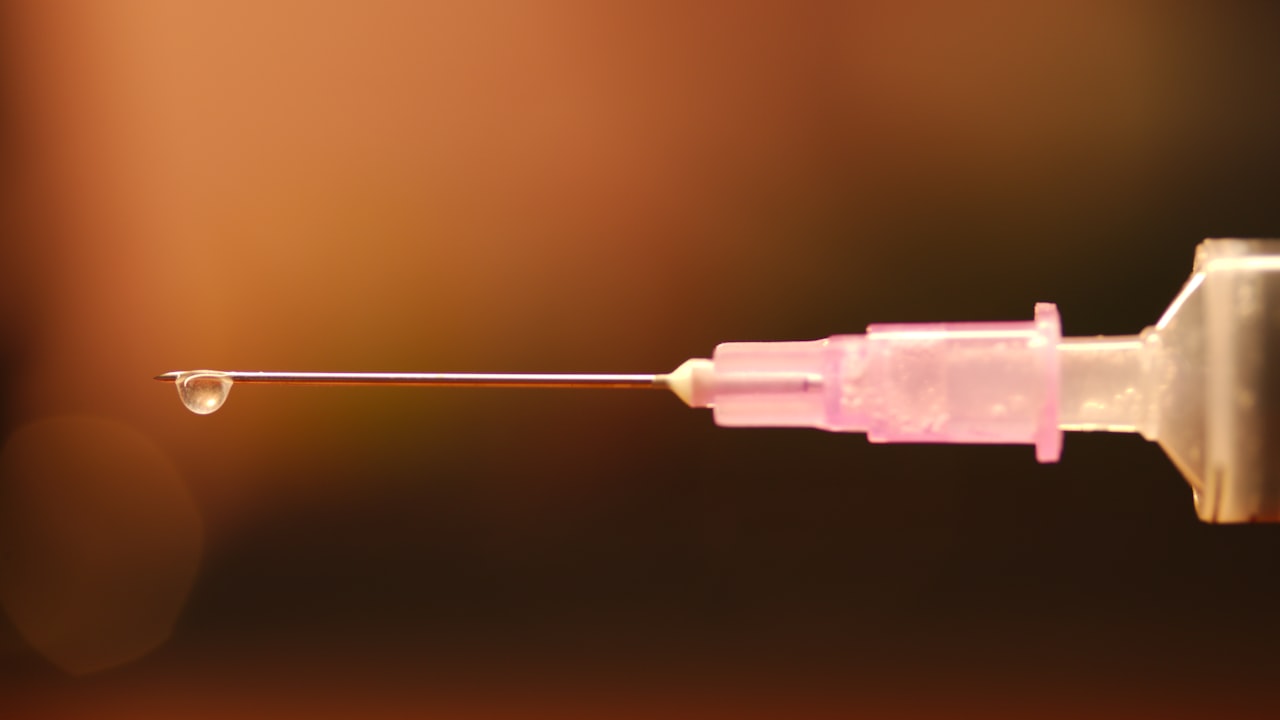 Title: Design and Development of Injection Molds: A Comprehensive Guide
Title: Design and Development of Injection Molds: A Comprehensive Guide Title: Designing Precision Injection Molds for Optimal Manufacturing Results
Title: Designing Precision Injection Molds for Optimal Manufacturing Results Title: Design and Production of Injection Molds: A Comprehensive Guide
Title: Design and Production of Injection Molds: A Comprehensive Guide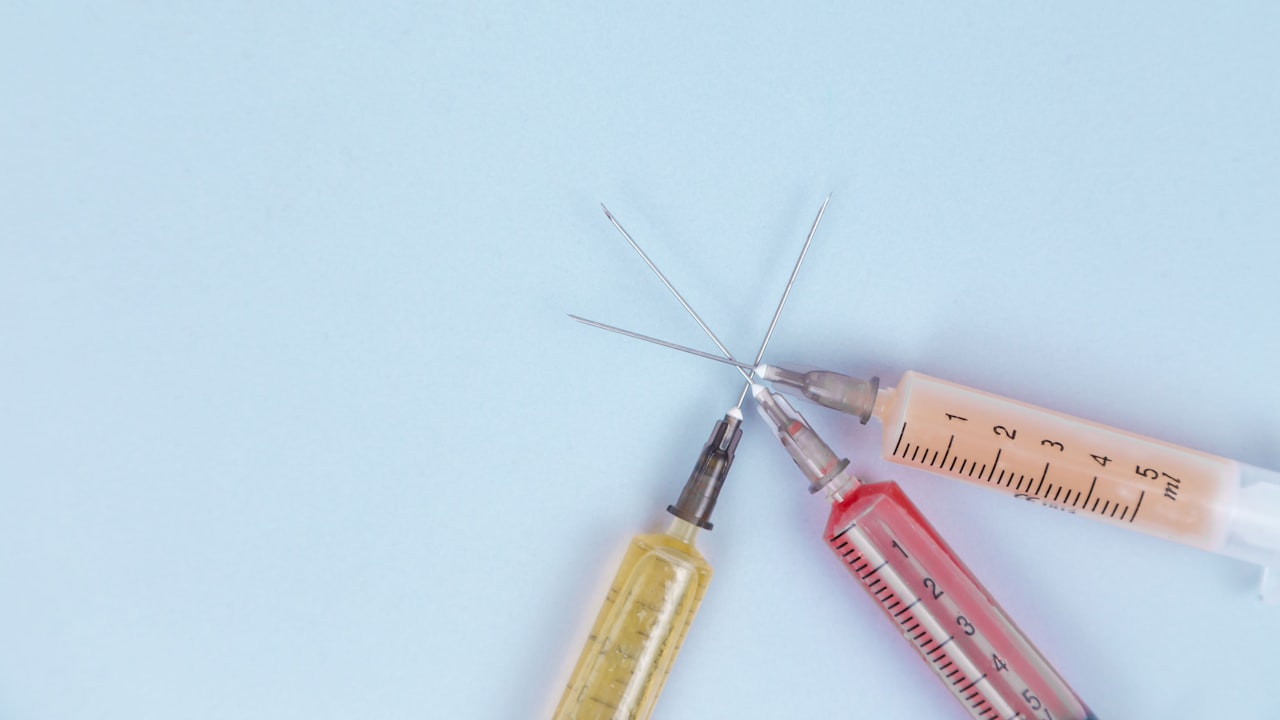 Title: Designing Efficient Injection Molds: Key Factors for Success
Title: Designing Efficient Injection Molds: Key Factors for Success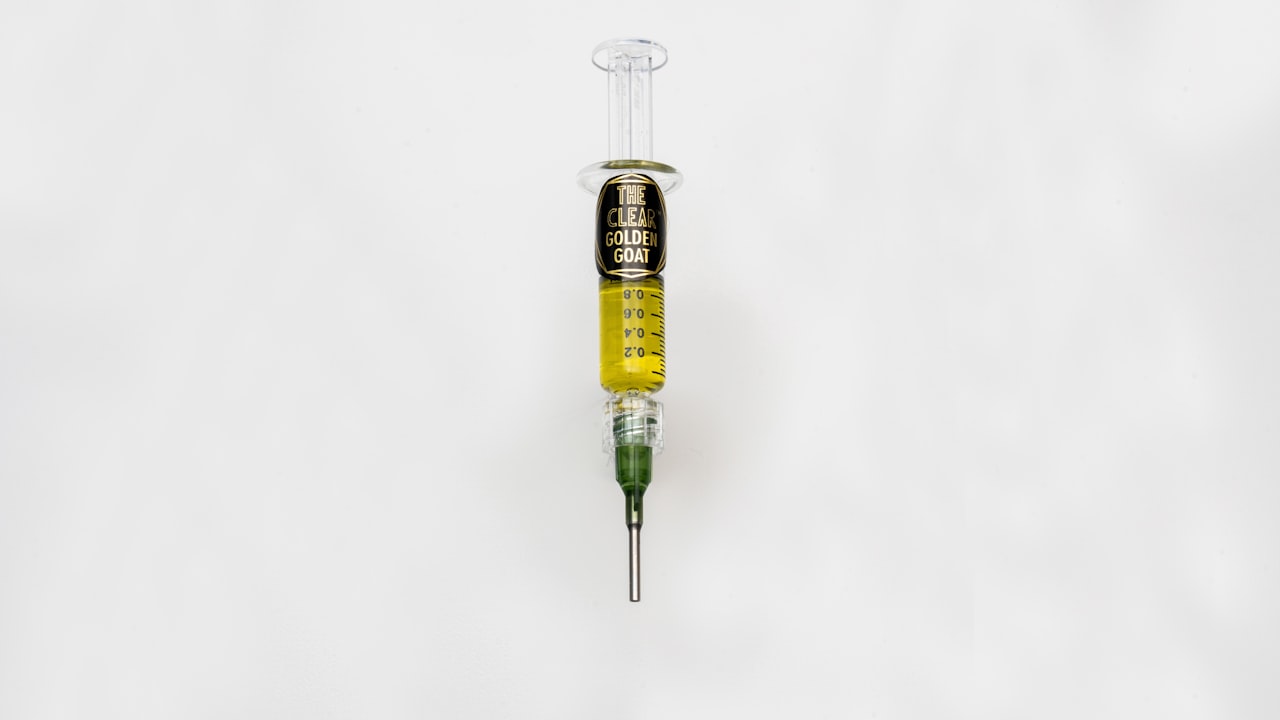 Title:
Title: